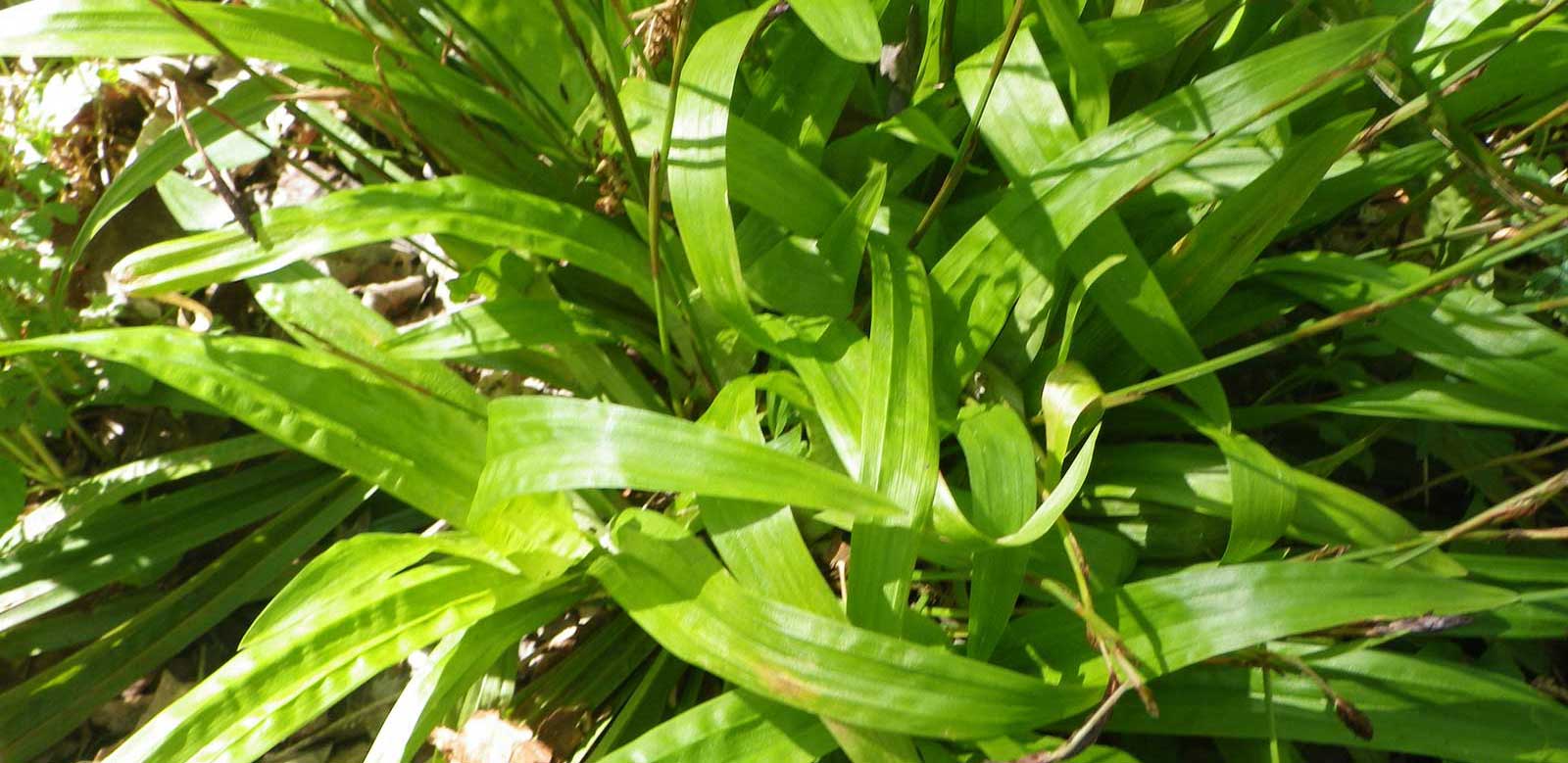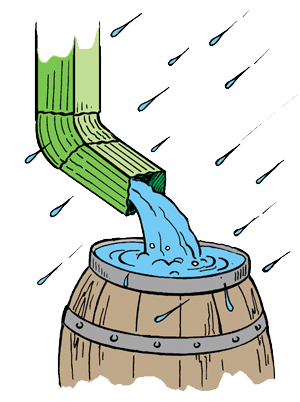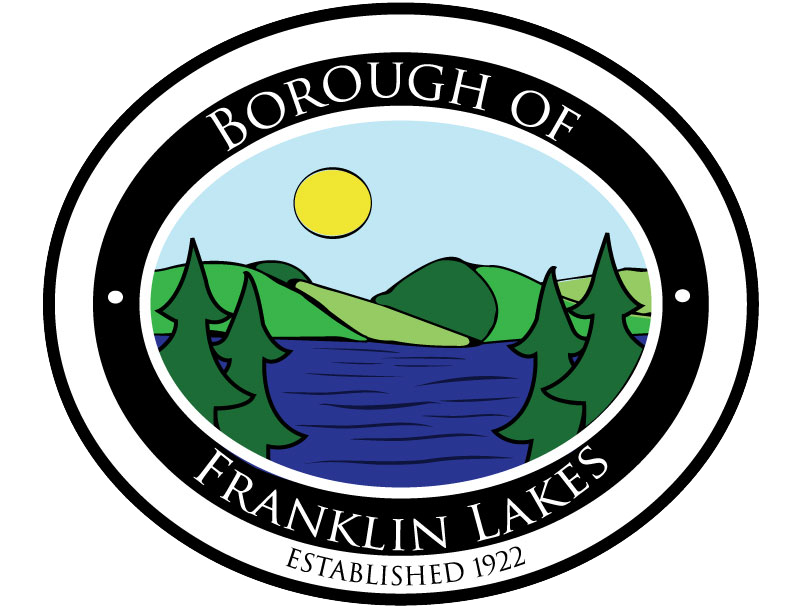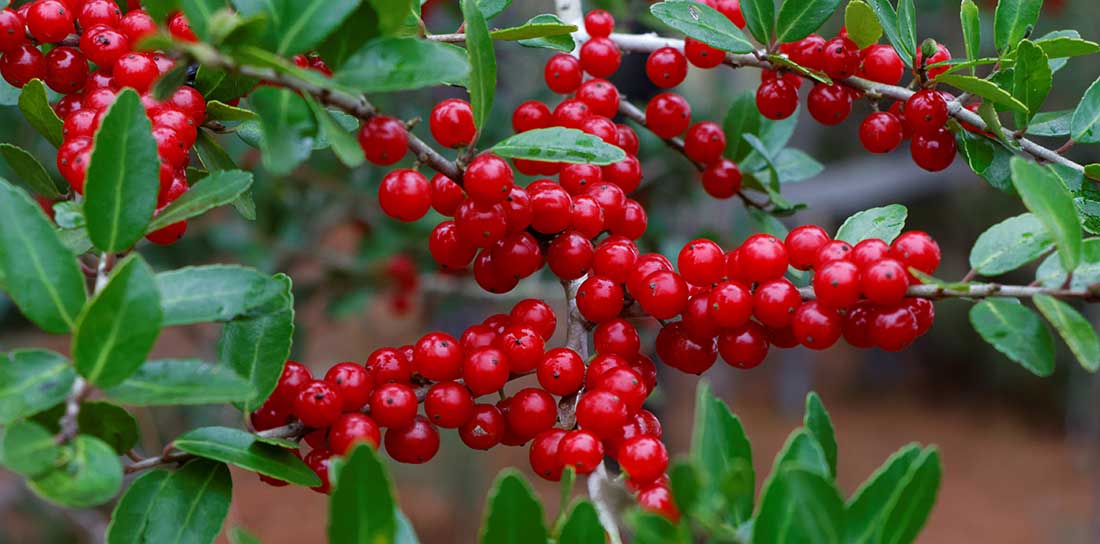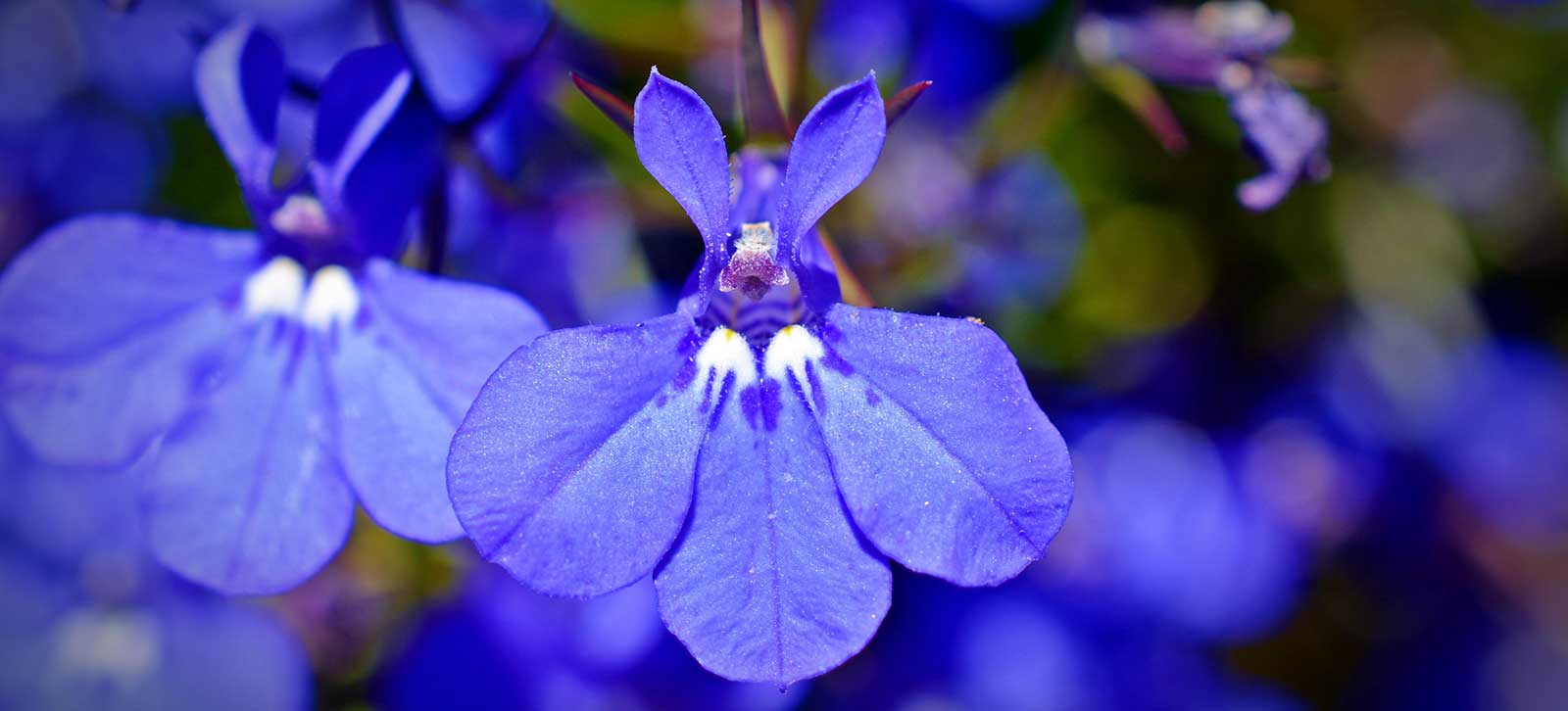Seersucker Sedge
Have a shaded garden bed area within a woodland setting that has a moist, fertile soil? Or maybe a shady slope area with somewhat drier soil. Well this lovely, lime green sedge, which is also a native grass of the Eastern United States, will do just fine within those growing medium parameters. Seersucker Sedge (Carex plantaginea, Zones 4–8) has eye-catching foliage and a mounded form about 1 foot in width with a height of 6 to 12 inches.

